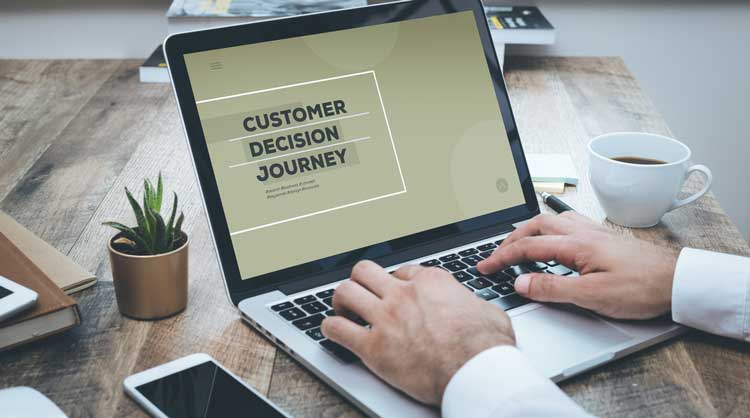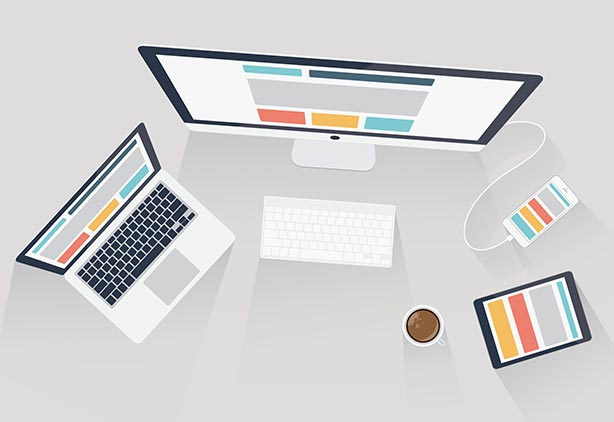Designing Decisions: How Website Design Influences Buyer Behavior
When designing a website, every little detail can have a big impact on buyer behavior. From the color scheme to the layout to the font choice, every aspect of the design can influence how users interact with the site and whether or not they ultimately make a purchase. Visual cues play a significant role in guiding users toward conversions. For example, using bright colors for call-to-action buttons can draw attention and encourage users to click. Simplifying choices is also important in reducing friction in the buyer journey. Too many options can overwhelm users, so streamlining the decision-making process can lead to higher conversion rates.
Visual Cues That Guide Users Toward Conversions
When it comes to guiding users towards conversions on a website, visual cues play a crucial role. One important aspect to consider is the placement of Call-to-Action (CTA) buttons. These buttons should be strategically placed where they are easily visible and accessible to users. Placing CTAs above the fold or at the end of a page can help draw the user’s attention and encourage them to take action.
Color psychology also plays a key role in guiding users towards conversions. Different colors evoke different emotions and can influence how users perceive a website. For example, using bold and contrasting colors for CTAs can make them stand out and attract attention. Additionally, using colors that are associated with trust and reliability, such as blue or green, can help build credibility and encourage users to convert.
Incorporating directional design elements can also help guide users towards conversions. Arrows, lines, and other visual cues can subtly direct users’ attention towards important elements on a webpage, such as CTAs. By strategically placing these design elements, designers can create a visual path that leads users towards taking the desired action.
Simplifying Choices: Using Design to Reduce Friction in the Buyer Journey
The layout and content flow of a website or product can greatly impact the speed and clarity of decision-making for potential customers. By strategically organizing information and guiding users through the decision-making process, designers can help streamline the buyer journey.
By presenting information in a clear and organized manner, designers can make it easier for users to navigate through different options and make decisions quickly. This can involve using visual cues such as color, font size, and spacing to highlight important information and guide users towards desired actions.
Content flow is another important factor in simplifying choices for buyers. By creating a logical sequence of information that leads users from initial awareness to final purchase, designers can help streamline the decision-making process. This may involve structuring content in a way that presents key features and benefits clearly, addresses common concerns or objections, and ultimately encourages users to take action.
Trust, Emotion, and Familiarity: The Psychology Behind High-Converting Designs
Trust, emotion, and familiarity are all key elements that can contribute to high-converting designs. Establishing trust with your audience is essential for any design to be successful. This can be achieved through clear and transparent communication, using reputable sources, and providing social proof. Emotion is another powerful tool in design, as it can create a connection with the audience and evoke a response. Whether it’s through color choices, imagery, or messaging, eliciting an emotional response can help drive conversions.
Finally, familiarity can also play a significant role in design. Using familiar patterns, layouts, and navigation structures can make users feel more comfortable and confident in their interactions with a website or product. By understanding the psychology behind these elements, designers can create high-converting designs that resonate with their audience and drive results.




 +91 8277203000
+91 8277203000
